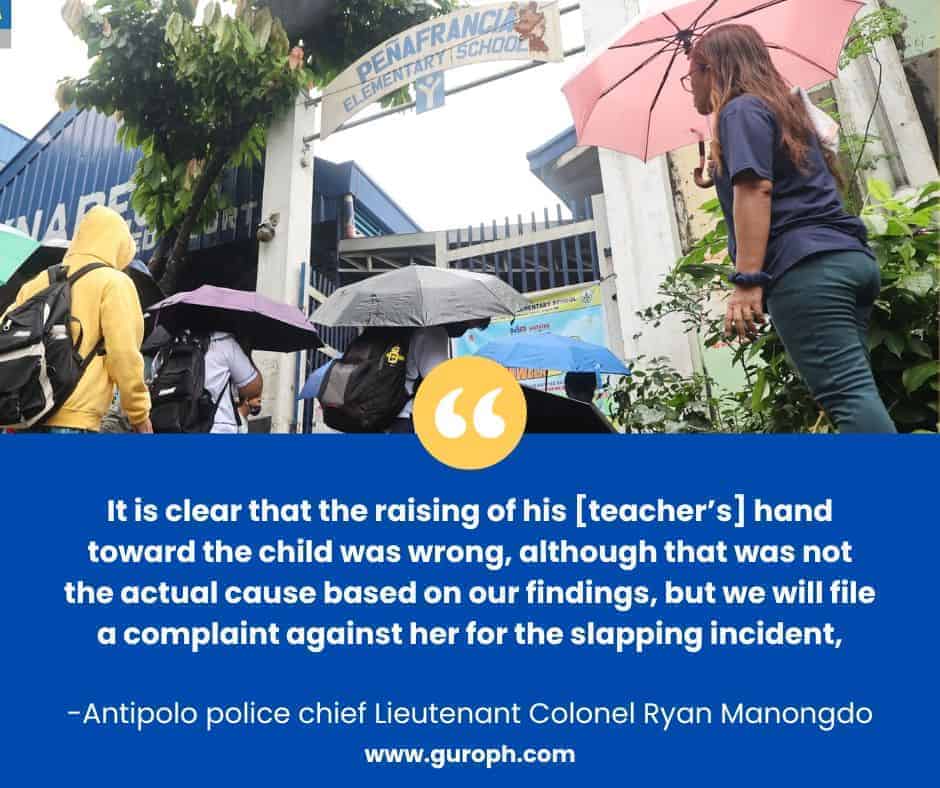The route to literacy for your child does not begin in kindergarten. From the moment they are born, infants and children acquire the skills necessary for reading. In kindergarten, some five-year-old are already developing their reading skills at three or four. It can be challenging to teach your children to read, but it’s fulfilling.
Most children begin reading between the ages of five and six. One of the greatest joys for many parents is watching their child grow from a non-reader to a reader who can entertain and educate herself with a book.
Accurate, fluid reading with high comprehension is also necessary for academic accomplishment. This is a problem that schools have been aware of for some time. The best schools teach children to read using scientifically established methods, guaranteeing that all students can read before entering primary school. Guro PH gives you 5 essential steps in helping parents and teachers teach kids how to read.
Pre-reading skills
Children’s readiness for reading instruction can be significantly aided by developing their preliteracy skills. Even though children can communicate in their native tongue, they may not identify the phonemes that make up the English language.
You may help your child connect the letter sounds with the “Sssss” and “shhh” voices in their first words by singing and rhyming. To read, they need to know the alphabet, but they also need to read stories. It’s a good idea for parents to teach their children this by either encouraging them to recall events in the order they occurred or by simply leading by example and reenacting the day’s events with them.
Parents are also urged to read together with their children, as the foundation for a lifelong love of reading begins at home. Reading to small children is a great way to teach them about books and help them comprehend the differences between print and visuals.

Using CVC
Point to every letter and say each sound in a two- or three-letter word.
Afterward, begin from the beginning. Slide your finger slowly beneath the letters as you stretch and combine the sounds. Allow your child to partake in the experience, too.
Have fun with letters
For children, copying words [JG1] onto a piece of paper is a pleasant pastime. You can use letter stamps, stickers, or magnets to help your child learn their name. Encourage him to use the letters to “write” his own words. Writing letters backward, spelling irregularly, or holding his marker awkwardly are acceptable ways for children to communicate when they want to do so in any form of writing.
Familiar expressions
As a first step in learning to read, making the connection between letter and sound is critical. Try to predict your child’s favorite words by playing a guessing game with them. “P-P-P” begins with which of the following letters? “M-m-mommy” could be a better choice. After your youngster successfully chooses a letter, see how many words you can come up with that begin with the same letter.
One letter at a time
When you’re a first-time reader, reading a lot of text can be intimidating. First, have them sound out single words on paper before moving on to phrases and sentences.
Activities with letters
To a child, nothing beats poking around with a stick. Play-Doh, sand, and clay can all be used to form letters at preschools across the country. Play around with letters while you’re out in the park, on the beach, or even in the snow. Write notes in the sand, dirt, or snow as a group.
It is much fun to teach your children to read when you do it with love. Read more from Guro PH and get exciting workbooks for FREE.


